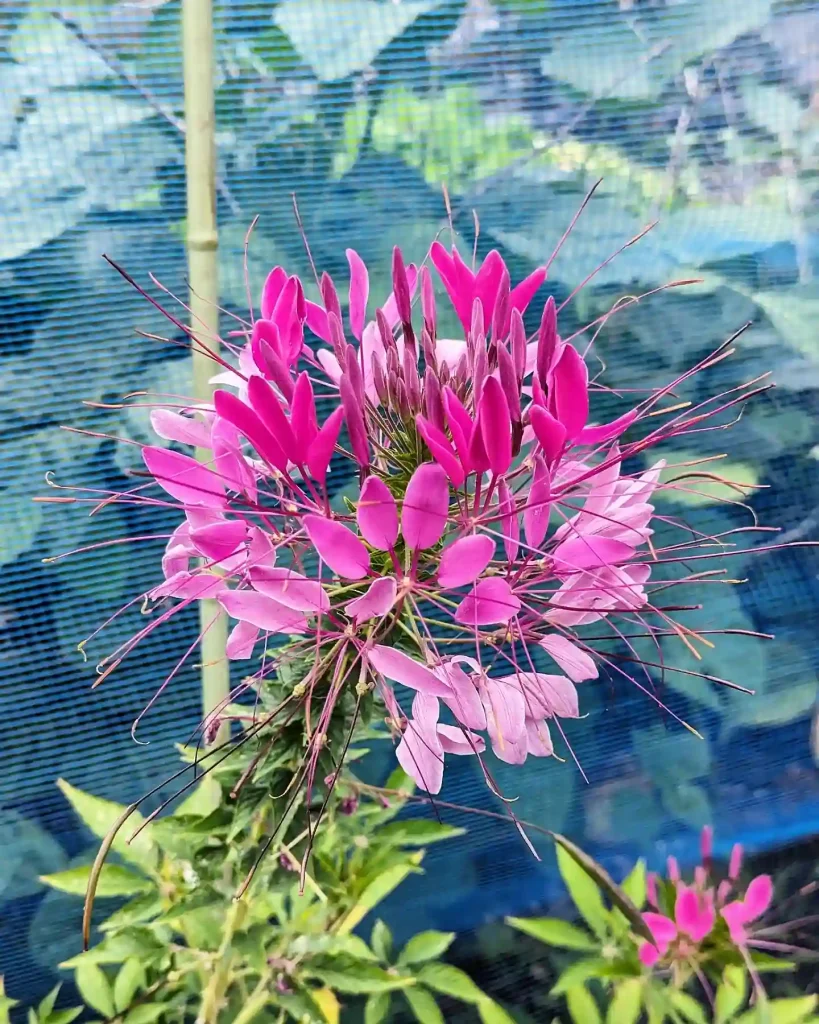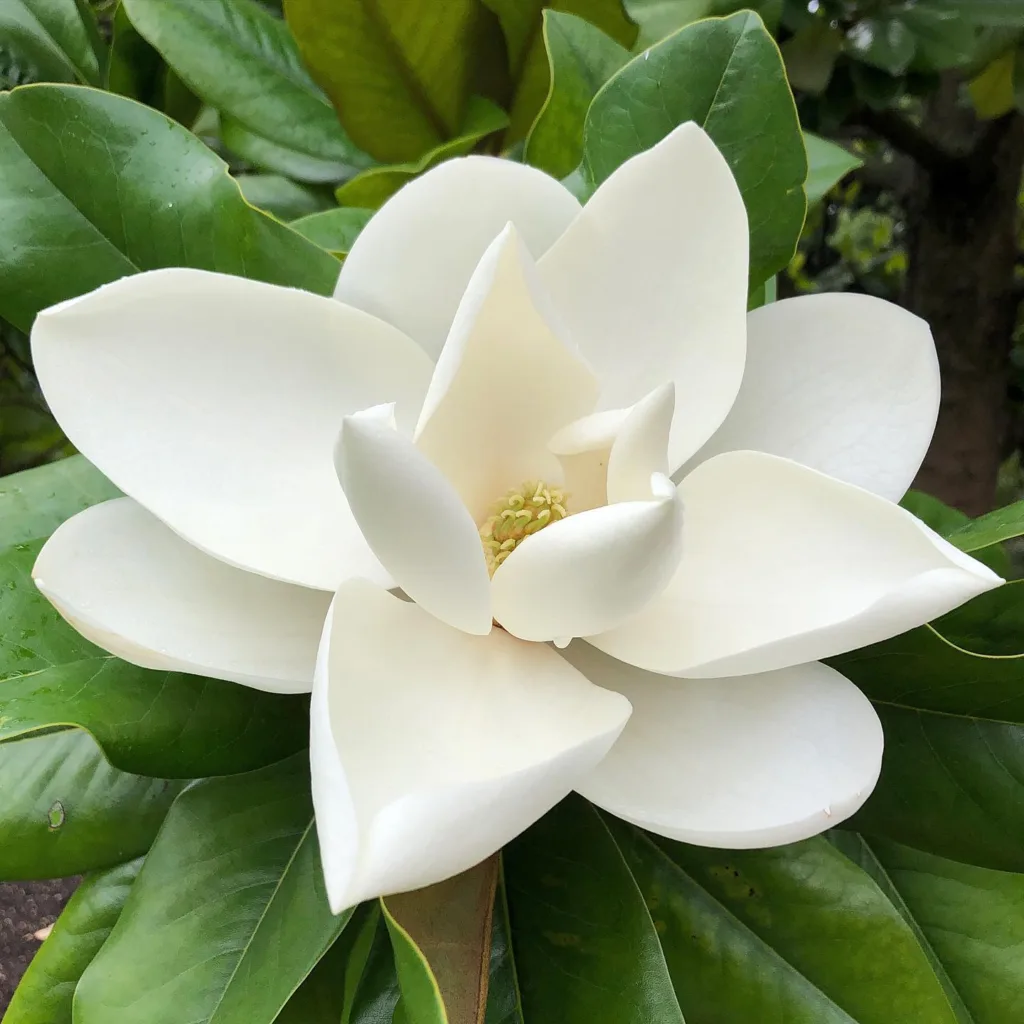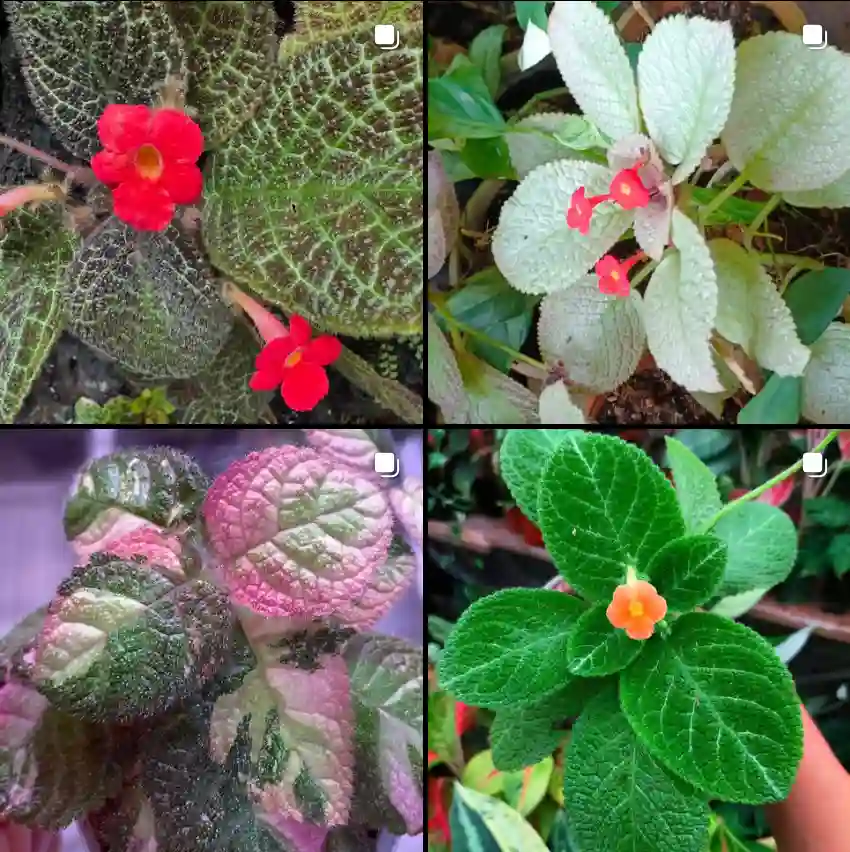Anthurium Draconopterum: A Guide for Plant Enthusiasts
Hi there, Ferb Vu here! Today, we’re diving into the captivating world of the Anthurium Draconopterum. This is a truly special plant, prized for its unique foliage and dramatic presence. Whether you’re a seasoned plant collector or just starting your indoor jungle journey, this FAQ will equip you with everything you need to know about caring for this exotic beauty.
1327 Species in Genus Anthurium
What is an Anthurium Draconopterum?
The Anthurium Draconopterum is a rare and visually striking member of the Anthurium genus. Unlike its heart-shaped leafed cousins, the Draconopterum boasts stunning trilobed foliage. Imagine a deeply lobed leaf, with the base of the front lobes constricted, creating a dramatic and unusual presentation.
This epiphytic plant, meaning it grows on other plants in the wild, hails from Ecuador. Its erect, ascending stem with short internodes adds to its compact and elegant form. The inflorescence, the flower-bearing structure, features a pale green, lanceolate spathe (modified leaf) and a violet-purple spadix (the actual flower cluster). While the flowers themselves are not particularly showy, the foliage is the true star of the show.
Anthurium Draconopterum vs. Other Anthuriums
Anthurium Draconopterum stands out from its more common relatives in several ways. Here’s a quick breakdown:
- Foliage: The Draconopterum’s trilobed leaves are its defining feature, contrasting with the classic heart-shaped leaves of most Anthuriums.
- Size: This species stays on the smaller side, making it ideal for indoor spaces.
- Rarity: Compared to readily available Anthurium varieties, the Draconopterum is a rarer find, adding to its collector’s appeal.
While some might confuse the Draconopterum with the Anthurium Forgetii, a close relative, look for the Forgetii’s more elongated lobes and typically larger size for differentiation.
How to care for Anthurium Draconopterum?
Thriving with proper care, your Anthurium Draconopterum will reward you with its vibrant foliage for years to come. Here are some key things to remember:
- Light: This plant prefers bright, indirect light. Avoid harsh, direct sunlight, which can scorch the leaves.
- Water: Consistent yet moderate watering is crucial. Allow the top inch of soil to dry slightly between waterings. Avoid soggy conditions, as this can lead to root rot.
- Humidity: As an epiphyte, the Draconopterum enjoys a humid environment. Misting regularly or using a humidifier are great options.
- Temperature: Aim for warm temperatures between 65-80°F (18-27°C). Avoid sudden temperature fluctuations.
- Soil: A well-draining, airy potting mix is essential. Consider aroid mixes specifically designed for epiphytes.
- Fertilizer: During the active growing season (spring and summer), a balanced fertilizer diluted to half strength can be applied monthly.
Propagation: A New Draconopterum!
Sharing the beauty of your Anthurium Draconopterum is easy. Here’s a simple propagation method:
- Division: When repotting a mature plant, you can carefully divide it into sections, each with a healthy stem and roots. Pot these divisions individually and provide proper care.
Remember, patience is key when propagating.
Common Anthurium Draconopterum Problems
Even the most attentive plant parent can encounter challenges. Here are some common issues and solutions:
- Brown Leaves: This could indicate underwatering, excessive sunlight, or low humidity. Adjust your watering routine, provide shade, or mist more frequently.
- Yellowing Leaves: Overwatering is the most likely culprit. Allow the soil to dry more between waterings.
If you notice pests like mealybugs or spider mites, isolate the plant and treat it with insecticidal soap or neem oil solution.
Where to Find an Anthurium Draconopterum?
Due to its rarity, finding an Anthurium Draconopterum might require some searching. Here are some options:
- Online Plant Retailers: Several online retailers specializing in rare aroids might stock this plant.
- Plant Shows and Events: Attending plant shows or joining local plant communities can open doors to finding unique specimens.
Be prepared for a slightly higher price tag compared to more common Anthurium varieties.
With its captivating looks and manageable size, the Anthurium Draconopterum is a true gem for any plant collection. By following these simple care tips, you can ensure your Draconopterum thrives for years to come, adding a touch of the exotic to your indoor space. Happy planting!
If i die, water my plants!



